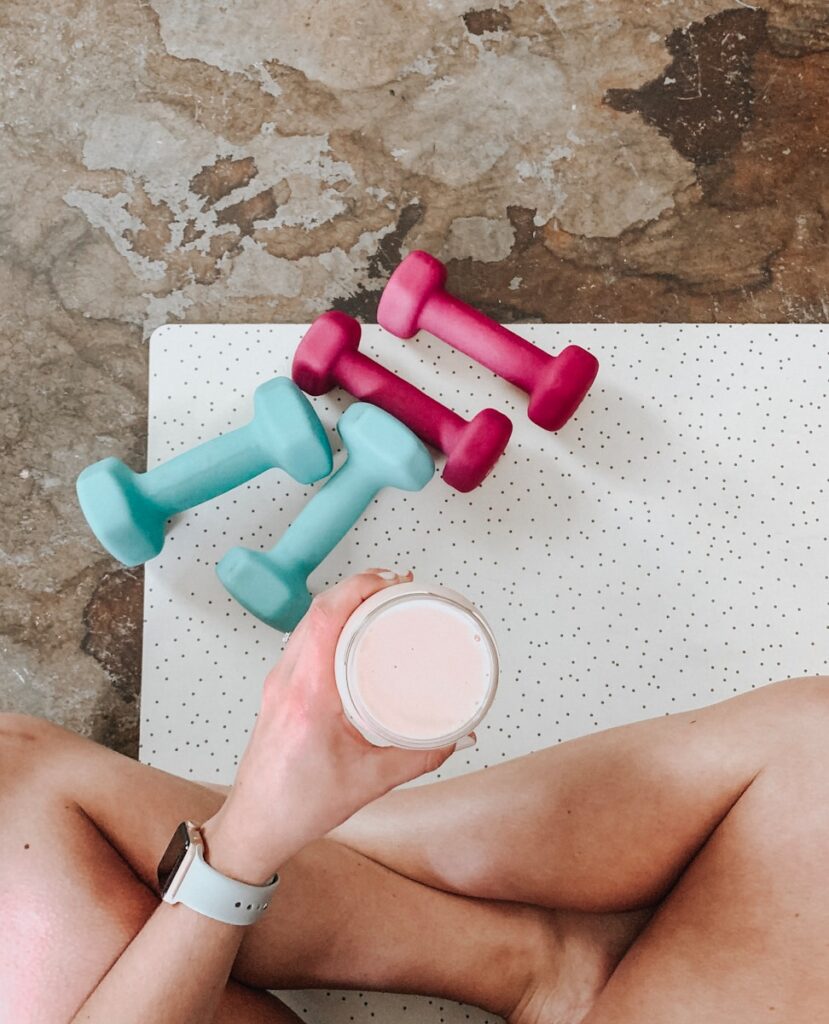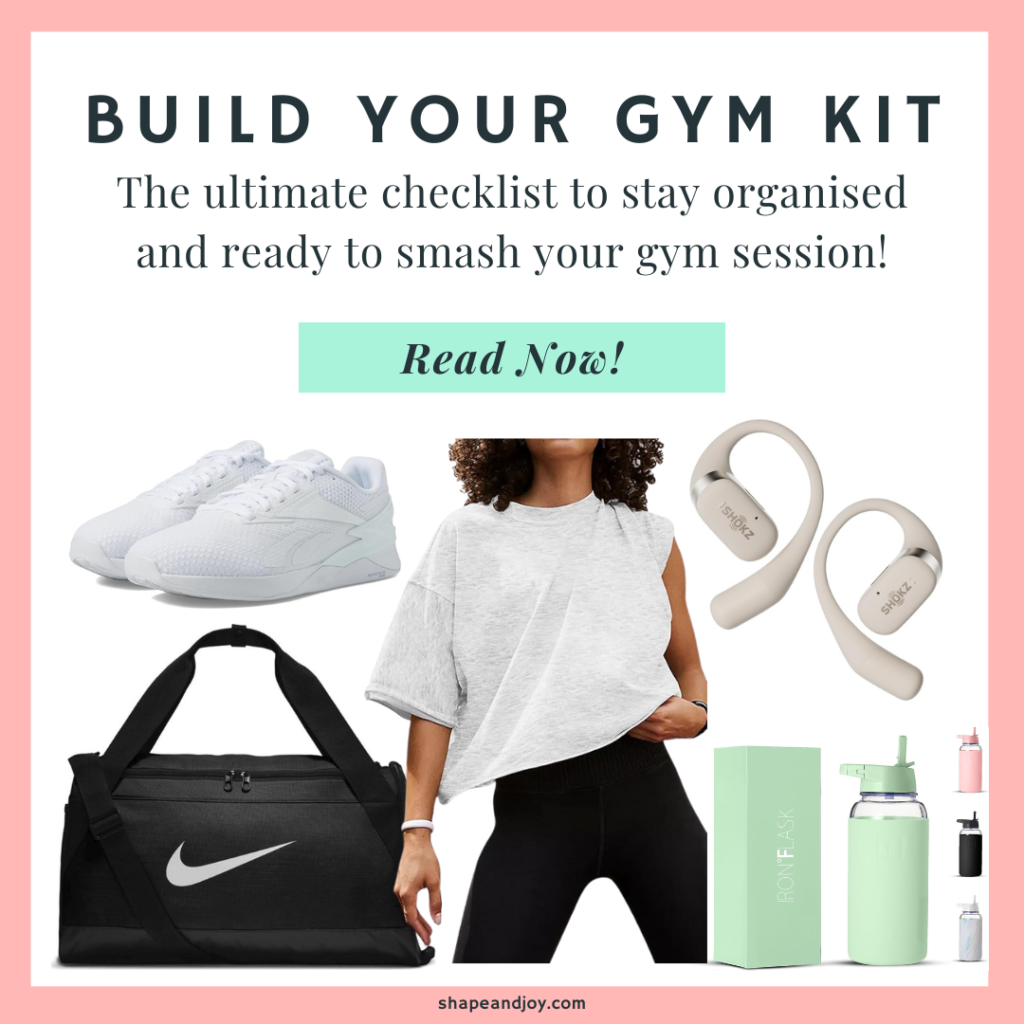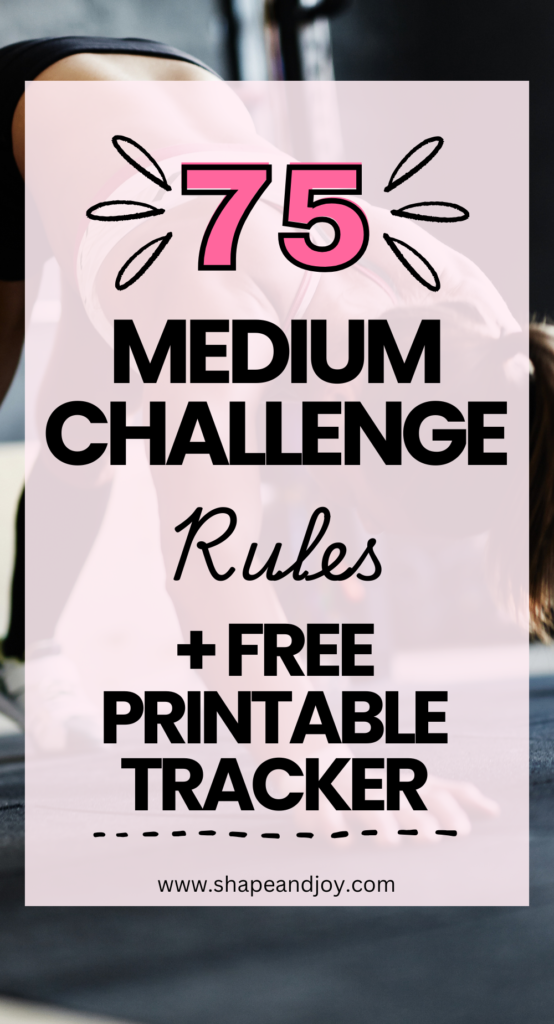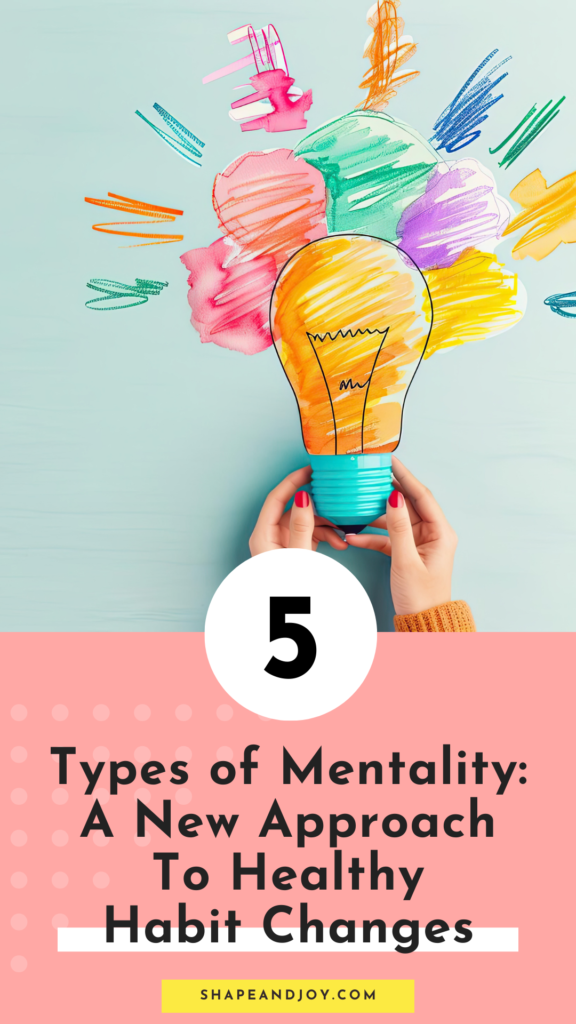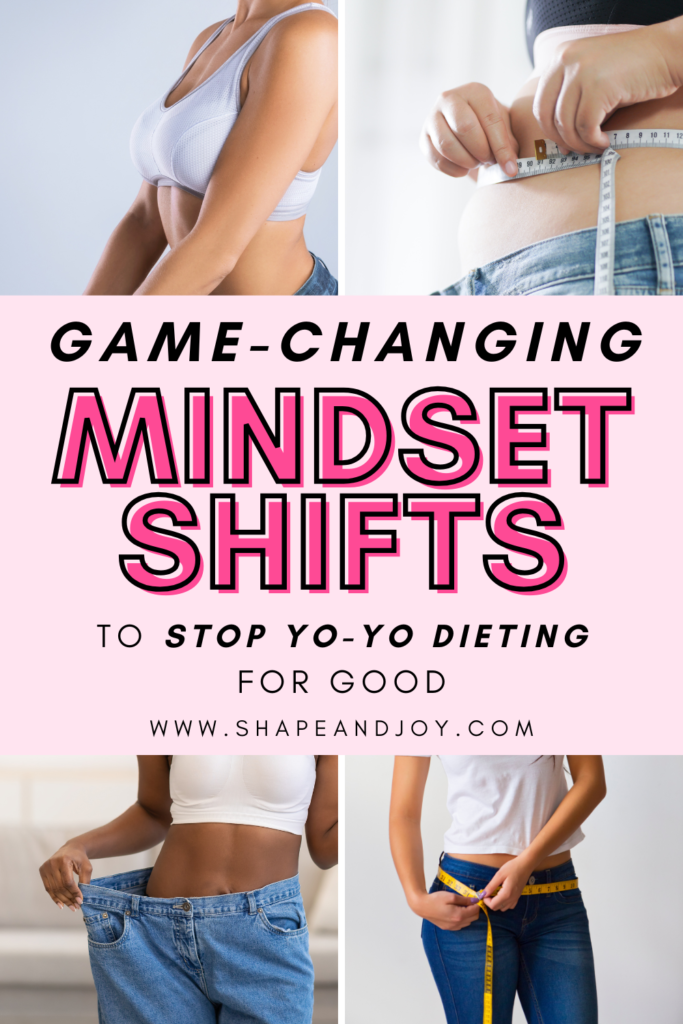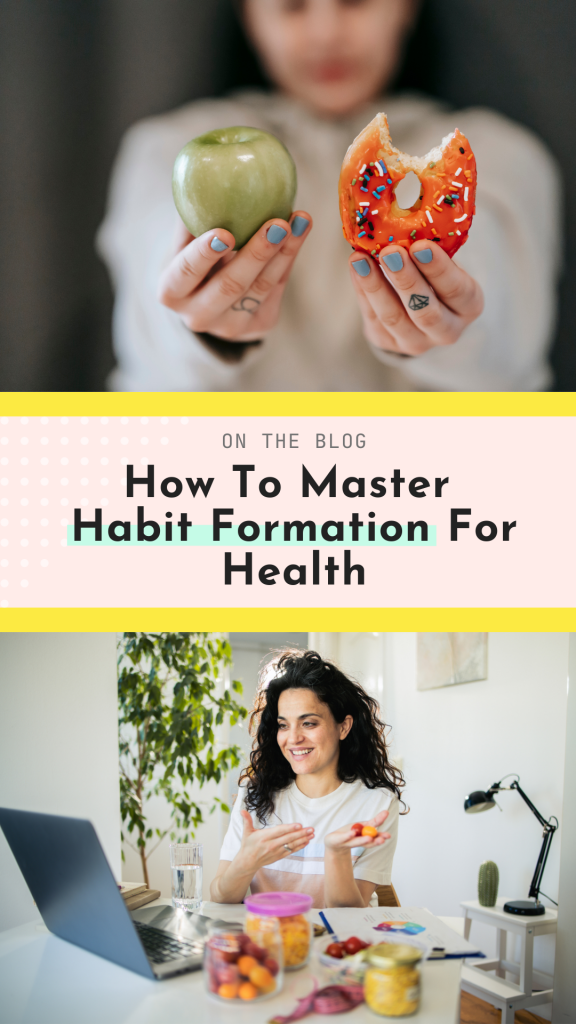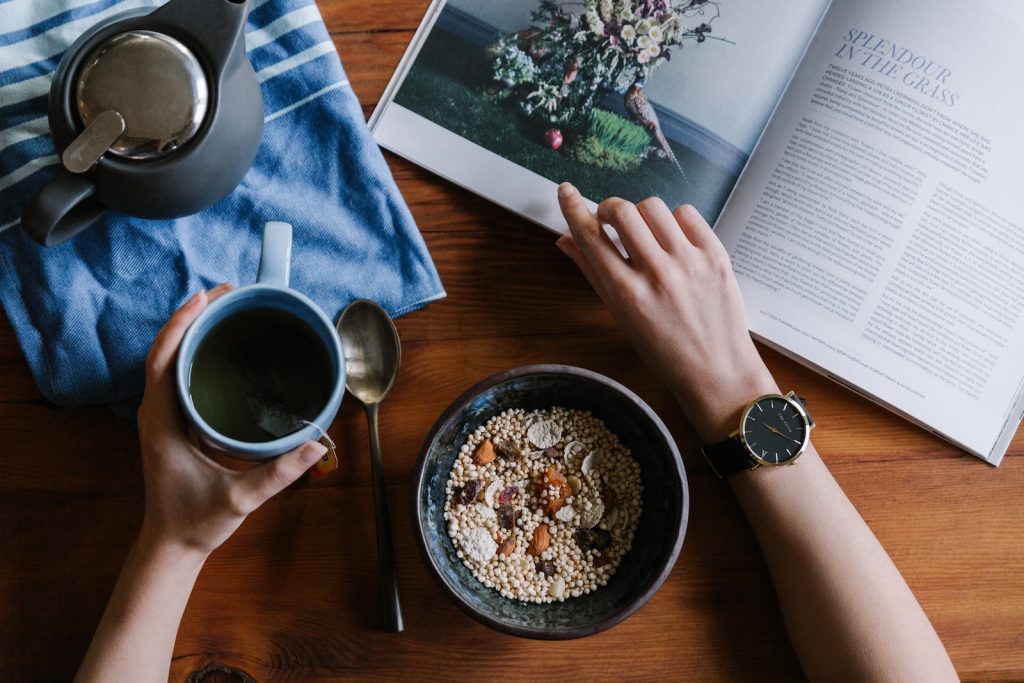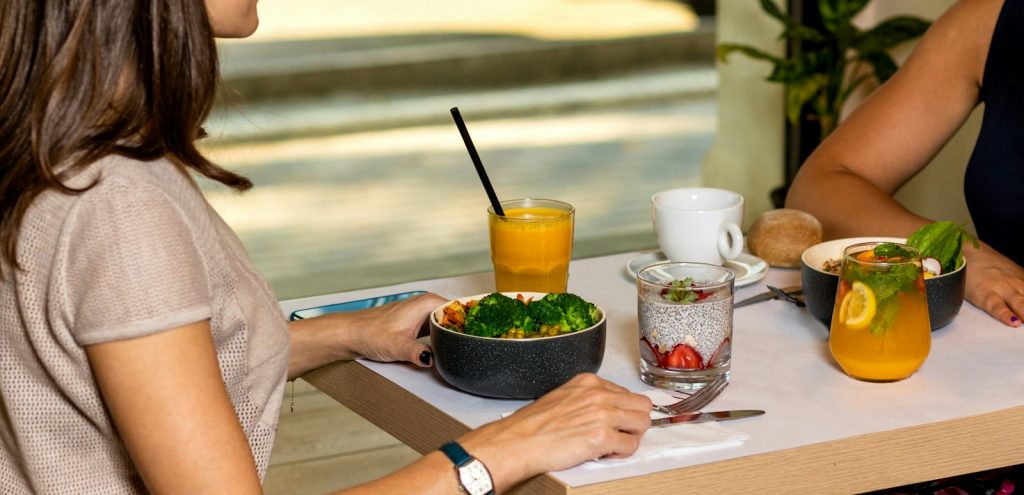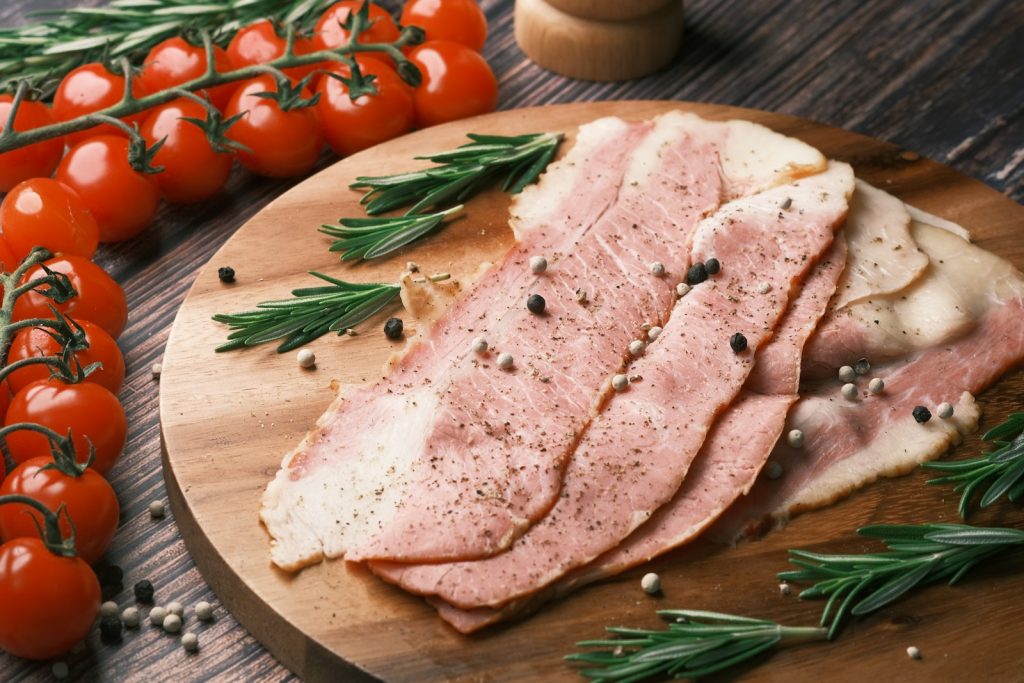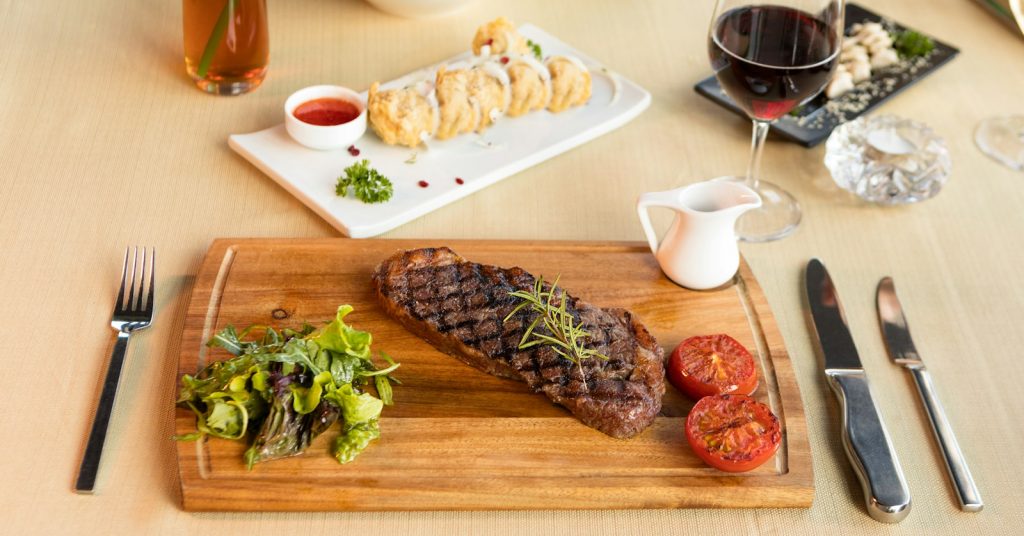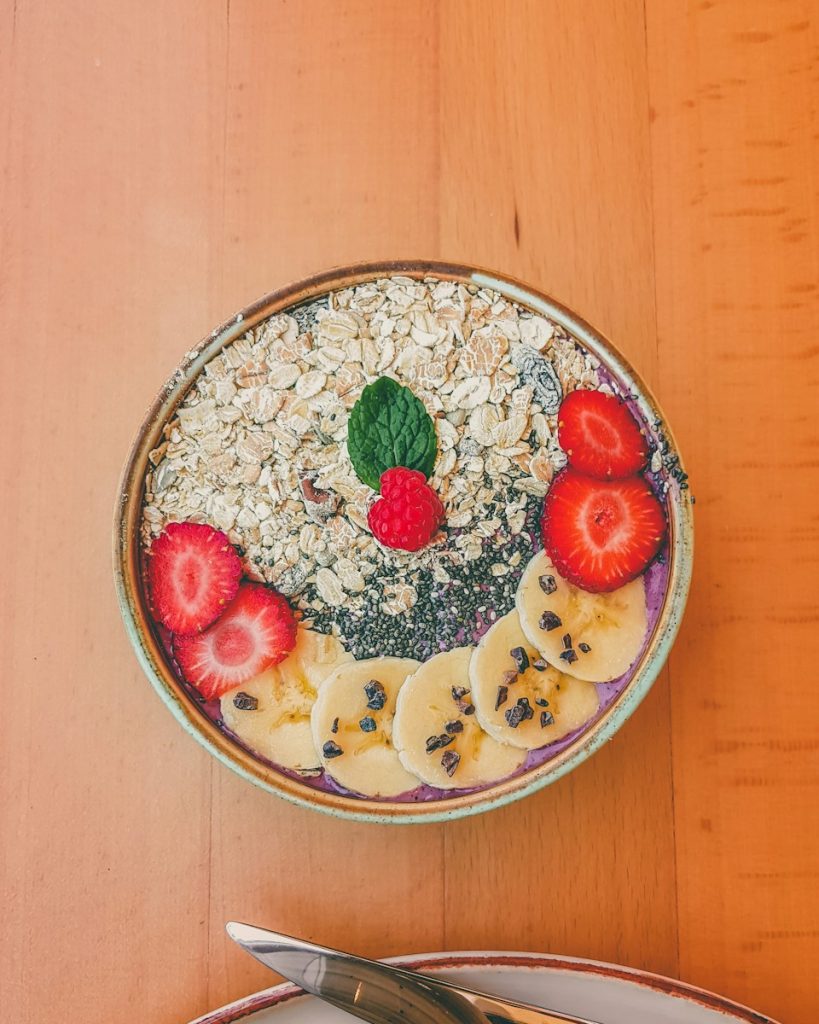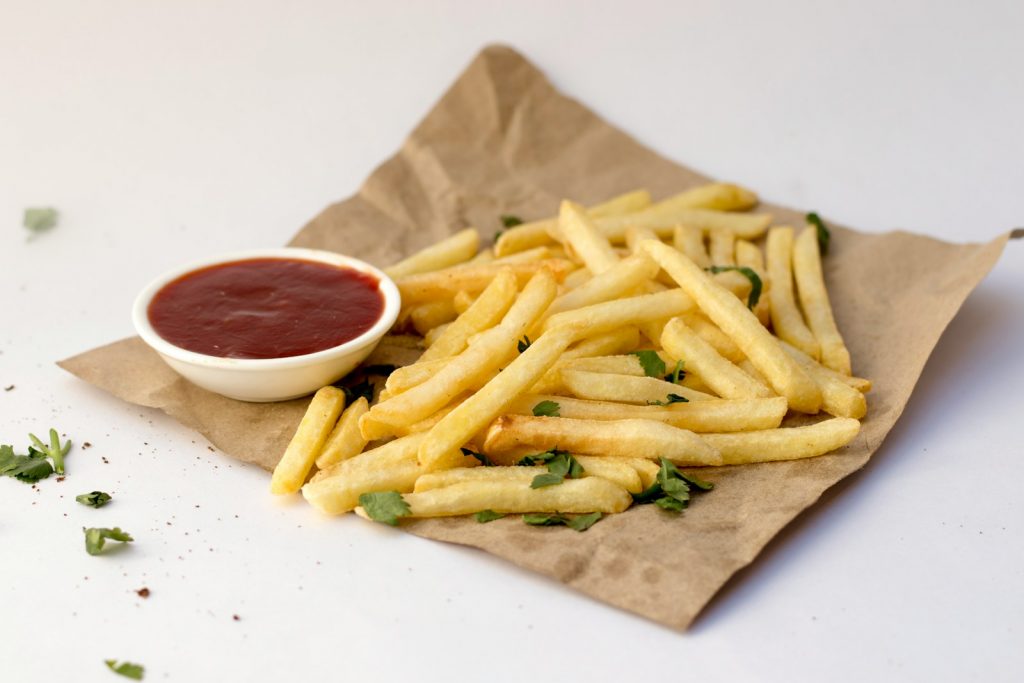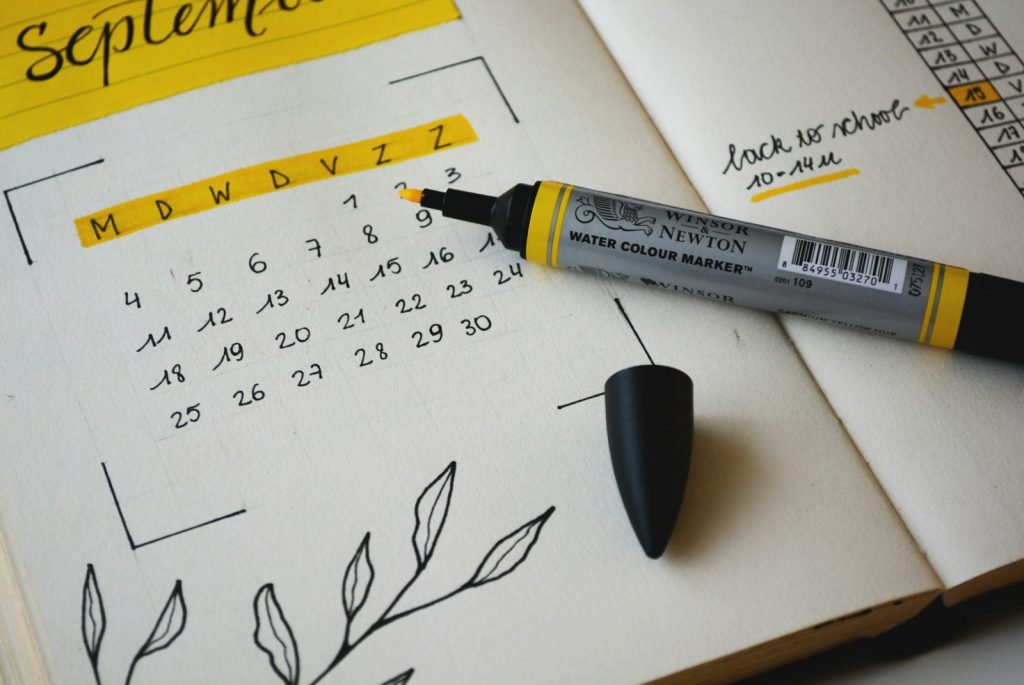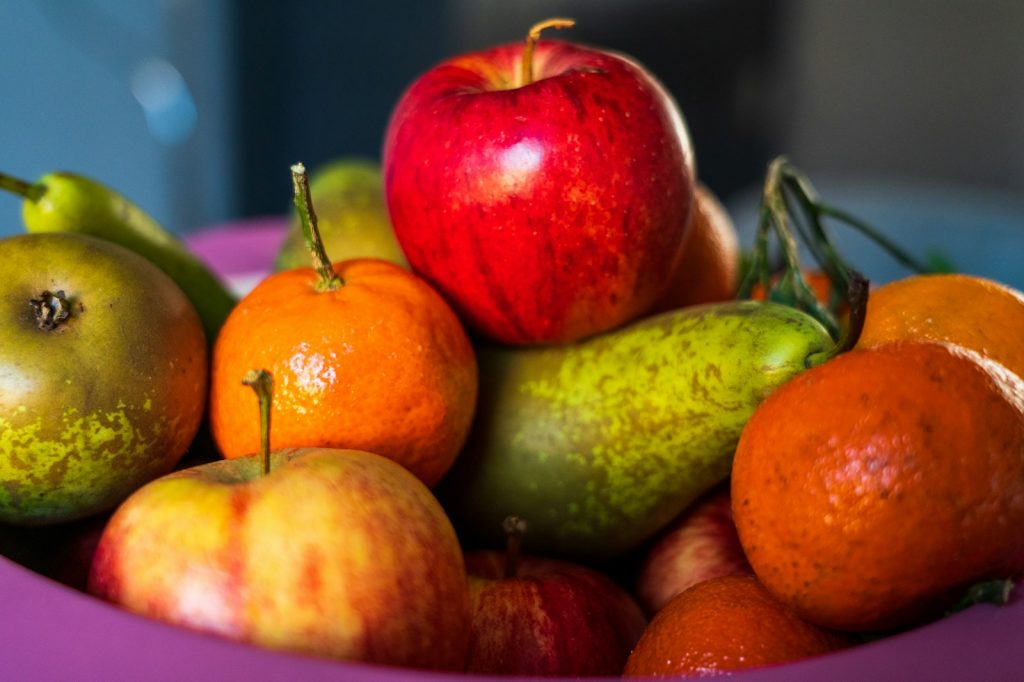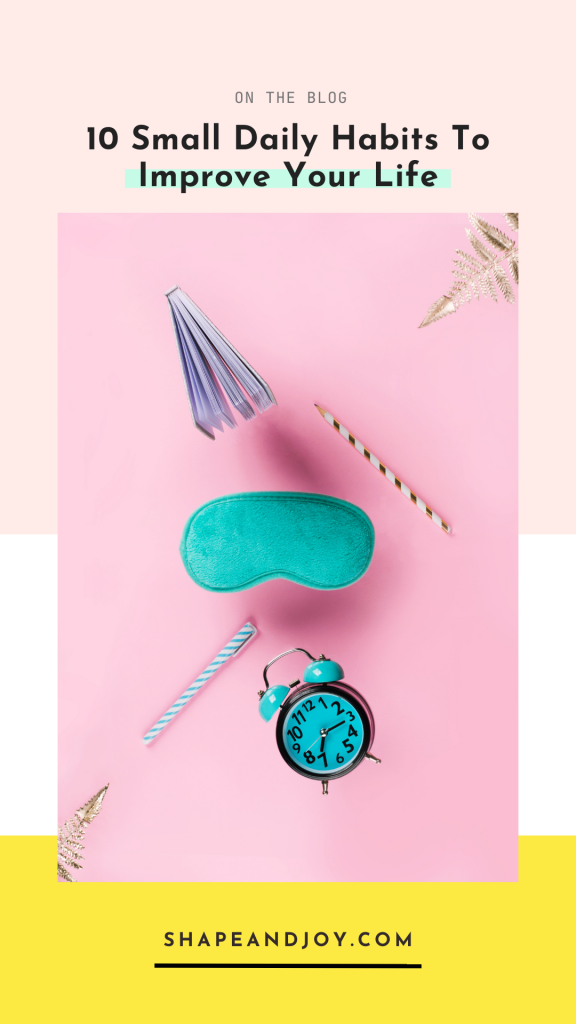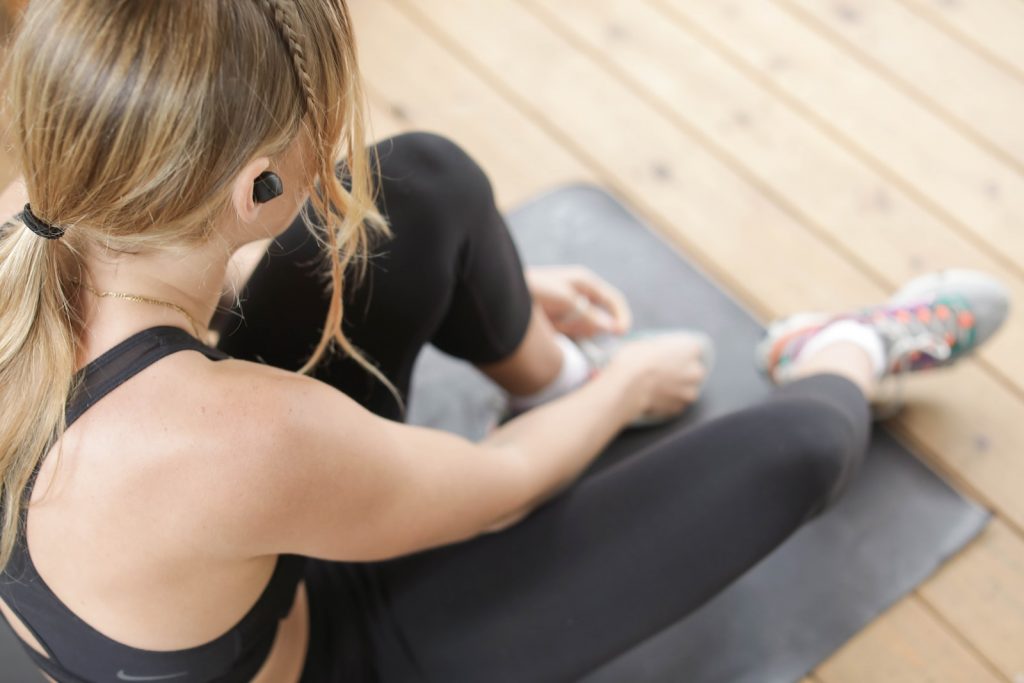Recharge Your Day: Effective Afternoon Routines for More Energy
Let’s talk about something we all have dealt with at some point: the afternoon slump. You know, the one that hits around 2 or 3 PM when your energy levels take a nosedive, and you start feeling like you could use a nap under your desk? Believe me, I’m no stranger to an afternoon slump. But there’s a way to power through it without reaching for another cup of coffee or something sugary. The secret lies in having solid afternoon routines.
I’m here to share some tried-and-true habits that can help you recharge and sail through the rest of your day with energy to spare. So, whether you’re at work, taking care of the kids, or juggling a million tasks at once, these tips are for you. Ready to feel more energised and productive? Let’s get into ‘Recharge Your Day: Effective Afternoon Routines for More Energy’.

The Science Behind the Afternoon Slump
It’s not just in your head; there’s real science behind it! Our bodies follow a natural rhythm called the circadian cycle. This cycle controls when we feel awake and when we feel sleepy. (Folkard et al., 1985), (Dijk et al., 1992).
Typically, there’s a dip in our alertness somewhere between 1 PM and 3 PM. Add in the fact that our bodies are also digesting lunch around this time, and you’ve got a recipe for feeling sluggish. (Wyatt et al., 1999).
As someone with ADHD, I’m no stranger to burnout and pretty frequent energy slumps. ADHD can make it even harder to maintain focus and energy, especially in the afternoon when my brain seems to want to switch off completely. I’ve learned the hard way that if I don’t manage my energy levels, I’m prone to burnout. It’s been a journey, but finding the right habits to recharge my batteries has made a world of difference.
So, what are the symptoms of this slump? You might find yourself yawning, your concentration starts to wane, and you begin to daydream about your cosy bed. It’s completely normal, but ignoring it can lead to decreased productivity and moodiness. (Akerstedt & Gillberg, 1981) (Monk et al., 1983).
Understanding this slump is the first step to tackling it head-on. By tweaking our afternoon routines, we can keep that energy dip at bay and stay on top of our game.
Assess Your Current Afternoon Routines
Let’s take a moment to reflect on what’s going on during your afternoons right now.
Start by paying attention to your daily habits. Do you often find yourself reaching for an extra coffee or a sugary snack just to get through the day? Or maybe you push through without any breaks, thinking you’ll power through the fatigue?
Here’s a fun little exercise: try keeping a journal for a few days. Note down what you do after lunch, how you’re feeling, and what your energy levels are like. Look for patterns. Are there certain activities that make you feel more drained? Or maybe some that give you a surprising boost? Journalling is great any time of the day, if you want to utilise journalling more, see my posts ‘Morning Journal Prompts: Set The Tone For A Successful Day‘ and Night Journal Prompts: End Your Day With Positive Thoughts.
When I first did this, I noticed that I was often skipping proper breaks, and by 3 PM, I was completely wiped out. Recognising these habits is the first step in making positive changes. Once you see where your routine might be letting you down, you can start to adjust it.

Hydrate and Nourish Your Body
Now that we’ve got a handle on your current routine, let’s talk about one of the easiest and most effective ways to boost your afternoon energy: hydration and nutrition.
First up, is hydration. It’s amazing how much water can influence your energy levels. Dehydration, even mild, can leave you feeling tired and foggy. So, make it a habit to drink water throughout the day. I like to keep a water bottle in sight and aim to refill it at least a couple of times before the day is over. (Kelly et al., 2012) (Nakamura et al., 2020).
Next, is snacking. Reaching for sugary snacks might give you a quick energy spike, but it’s usually followed by a crash that leaves you feeling worse. Instead, opt for snacks that provide steady energy. Think about things like nuts, fresh fruits, yoghurt, or whole grains. These foods have a good balance of protein, healthy fats, and fibre that keep your energy levels stable. (Carroll et al., 2019).
Here are a few of my favourite go-to snacks:
A handful of almonds or mixed nuts: Perfect for a quick and easy snack that’s packed with protein and healthy fats.
Apple slices with peanut butter: A delicious combination that offers fiber and protein.
Greek yoghurt with a sprinkle of granola: Creamy, satisfying, and full of nutrients.
Whole grain crackers with cheese (or marmite, if you’re a fan): Simple, tasty, and keeps you going till dinner.
By keeping yourself hydrated and choosing the right snacks, you’ll notice a huge difference in your afternoon energy levels. It’s all about giving your body the fuel it needs to keep running smoothly. For more tips on simplifying nutrition, check out my posts ‘Simplify Nutrition With These 5 Easy Tips‘ and ‘Principles Of Meal Planning: An Easy Step-By-Step Guide‘.

Move Your Body
When you feel that post-lunch lethargy creeping in, try out some easy exercises in your routine. It doesn’t have to be anything intense—a quick stretch or a short walk can make a big difference. Here are a few simple ideas:
Stretch it out: Stand up and do a few stretches right at your desk. Reach for the sky, touch your toes, and twist your torso. It helps get the blood flowing and loosens up those muscles that have been sitting still.
Take a walk: If you can, step outside for a quick walk. Even a 5-minute stroll around the block can boost your mood and energy levels. If going outside isn’t an option, walk around your office or home.
One thing that’s helped me is my FitBit watch reminding me to move every hour. When it goes off, I take a couple of minutes to stand up, stretch, or walk around. I get a nice little reward feeling when completing my 250 steps every hour.
Remember, the goal is to get your blood pumping and break up the monotony of sitting. You don’t need to sweat it out or dedicate a lot of time—just a few minutes of movement can make all the difference in powering through the rest of your day. If you’re struggling to find exercise you enjoy, check out my posts:
7 Joyful Movement Ideas That Will Make Exercise Exciting!
Workout Burnout: How To Find Joy And Balance
Enjoy Movement: How To Find Fun In Every Workout
So next time you’re feeling sluggish, don’t just sit there—get up and move! Your body (and your mind) will thank you.
Mindfulness and Mental Breaks
Just like our bodies need a break, our minds do too—especially during that mid-afternoon slump. Incorporating mindfulness and mental breaks into your afternoon routines can work wonders for your energy and focus.
First, let’s get into mindfulness. Taking a few moments to breathe deeply and centre yourself can really help clear the mental fog. Here are a few techniques to try:
Deep breathing: Sit comfortably, close your eyes, and take slow, deep breaths. Inhale through your nose, hold for a few seconds, and exhale through your mouth. Repeat this for a couple of minutes to feel more relaxed and refreshed.
Mini-meditation: Find a quiet spot, close your eyes, and focus on your breathing or a calming image. Even just five minutes can help reset your mind. If you’re new to meditation, there are plenty of apps like Headspace or Calm that offer guided sessions.
Progressive muscle relaxation: Starting from your toes and working your way up, tense each muscle group for a few seconds, then release. This can help reduce physical tension and calm your mind.
If you can, consider a short nap. Sometimes, a quick power nap of 10-20 minutes can do wonders for your energy levels. Just make sure not to sleep too long, or you might wake up feeling groggy.
When you’re feeling overwhelmed or stuck, taking a mental break can be just what you need. Step away from your work, give yourself permission to disconnect for a bit, and do something that relaxes you. This could be reading a few pages of a book, listening to a favorite song, or even doodling on a notepad.
These mindfulness practices and mental breaks are like a mini-vacation for your brain. They help you return to your tasks with a fresh perspective and renewed energy.

Reorganise Your Work Environment
It might not seem like a big deal, but the environment you’re in can hugely impact your energy levels and productivity. A cluttered desk can lead to a cluttered mind, making it even harder to power through that afternoon slump.
Here’s what you can do to create a more energising workspace:
Declutter your desk: Spend a few minutes tidying up. Put away any unnecessary items, organise your papers, and give your desk a quick wipe down. A clean, organised space can make you feel more in control and less overwhelmed.
Add a touch of nature: Fun fact about me, I love houseplants – and I probably have way too many. Plants not only brighten up your area but can also improve air quality and boost your mood.
Personalise your space: Add some personal touches that make you happy. This could be photos of family, friends or pets, inspiring quotes, or colourful stationery. Surrounding yourself with things that bring you joy can help lift your spirits.
Adjust your lighting: Natural light is the best, so if you can, set up your workspace near a window. If that’s not an option, use a desk lamp with warm light to create a cosy, inviting atmosphere. Good lighting can reduce eye strain and help you stay more alert.
Keep essentials within reach: Make sure you have everything you need close by. This includes water, snacks, your planner, and any tools you use regularly. This way, you won’t waste energy searching for things and can stay focused on your tasks.

Plan and Prioritise
Having ADHD means I often struggle with staying on track, but having a clear plan can really help me manage my day better. Here’s what I’ve found works for me:
Make a To-Do List: It might seem basic, but writing down everything I need to do really helps me stay focused and organised. Here’s how I make my to-do list effective:
Write It Down: I start my afternoon by listing everything I need to accomplish. It doesn’t matter if it’s big or small—just getting it all out of my head and onto paper (or a digital list) makes a big difference.
Prioritise: Once I have my list, I figure out what’s most important. What needs to be done today? What can wait? I highlight or number my tasks to ensure I tackle the most critical ones first.
Break It Down: Big tasks can feel overwhelming, especially in the afternoon when my energy dips. One ADHD tip that helps me the most is writing down the absolute smallest first step—even if it sounds silly. Breaking larger tasks into tiny, manageable steps makes them less daunting and easier to start.
Time Block: Time blocking creates a sense of urgency and helps me stay on track. Knowing I have only a set amount of time for each task keeps me focused and boosts my productivity. Plus, it prevents me from spending too much time on any one thing when I get hyperfocused.
To keep things interesting and avoid burnout, try the Pomodoro Technique. Work for 25 minutes, then take a 5-minute break. After four cycles, take a longer break (15-30 minutes). This method keeps your mind fresh and focused.
Tools to Help with Planning and Prioritising
Planners and journals: Good old pen and paper can be incredibly effective. This one is great if you want to use time-blocking.
Digital tools: Apps like Todoist, Trello, or Asana can help you organize tasks and set reminders.
Calendar blocking: Use your digital calendar to block out time for specific tasks, ensuring you stick to your plan.
I know I’ve used my ADHD as an example a lot, but these tips can help anyone. Whether or not you have ADHD, writing a to-do list, prioritising tasks, breaking down big projects, and time blocking are effective strategies to stay organised and productive throughout the day. (Burke et al., 2014) (Wennberg et al., 2017) (Proudfoot et al., 2009)
Light and Sound Adjustments
The right lighting and sound environment can do wonders for your energy and focus.
Light It Up
Natural light is your best friend when it comes to staying alert and energised. If you’re lucky enough to have a window nearby, make sure to open those curtains and let the sunshine in. Natural light helps regulate your body’s internal clock, keeping you more awake and alert.
But what if you don’t have access to natural light? No worries! You can still optimise your lighting with these tips:
Use a desk lamp: Opt for a lamp with adjustable brightness. Warmer light can create a cosy atmosphere, while cooler light can make you feel more awake.
Position your light correctly: Avoid harsh overhead lighting that can cause glare. Instead, place your lamp at an angle to reduce eye strain and shadows.
Consider a light therapy lamp: Light therapy lamps, like this one, mimic natural daylight and can be especially helpful during darker months or if your workspace lacks windows.
Sound Matters
The right sounds can help you stay focused and even boost your mood. Here are some ideas to create an ideal auditory environment:
Background music: Soft, instrumental music can enhance focus without being too distracting. I’m a big fan of orchestral movie soundtracks (my favourites are Harry Potter, Lord of the Rings, and How to Train Your Dragon).
White noise: If music isn’t your thing, white noise can drown out distracting sounds and help you concentrate. There are plenty of white noise apps and machines out there to choose from.
Nature sounds: Ocean waves, rainfall, or birds chirping can create a calming atmosphere. These sounds can help reduce stress and improve focus.
Noise-cancelling headphones: If you work in a noisy environment, noise-cancelling headphones, like these ones, can make a big difference. They help block out distractions so you can stay in the zone. Or if you’re just trying to limit distractions but still need to hear certain things, I highly recommend these Loop Earplugs.
Personally, I find that a mix of natural light and some soft background music keeps me feeling energised and focused throughout the afternoon. Experiment with different lighting and sound setups to see what works best for you.
Adjusting your light and sound environment might seem like a small change, but it can have a big impact on how you feel and work.

Social Connections and Breaks
Now, let’s talk about one of the most enjoyable ways to recharge in the afternoon: connecting with others. This is one of the things I miss most about working in an office. Taking a break to socialise can boost your mood and energy, making the rest of your day more enjoyable and productive.
Importance of Social Interactions
Humans are social creatures, and interacting with others can provide a mental boost. A quick chat with a friend or colleague can help break up the monotony and provide a refreshing change of pace. Here’s how you can incorporate social breaks into your afternoon routines:
Quick Check-Ins: Take a few minutes to catch up with a colleague or friend. It doesn’t have to be a long conversation—just a brief check-in can lift your spirits.
Virtual Coffee Breaks: If you’re working remotely, set up a virtual coffee break with a coworker. Use video chat or instant messaging to stay connected.
Join a Group Activity: Participate in a group activity, like a quick team meeting, a brainstorming session, or even a virtual workout class. It’s a great way to engage with others and get a burst of energy.
Balance Social Time with Productivity
I’m that person who if you start a conversation with me while I’m working, I will stop everything I’m doing and talk for way too long. I’m very easily distracted. And while social interactions are great, it’s also important to balance them with your work tasks. Here’s how to make the most of your social breaks without losing focus:
Schedule Your Breaks: Plan specific times for your social breaks. This way, you can enjoy your interactions without feeling guilty or worried about your workload.
Set Boundaries: Be mindful of your time. Keep social breaks short and sweet to ensure you stay productive.
Combine Social Time with Movement: Take a walk with a colleague or have a standing meeting. This way, you get the benefits of both physical activity and social interaction.
So, next time you feel your energy dipping, reach out and connect with someone. A little social interaction might be just what you need to power through the rest of your day.

Positive Affirmations and Motivation
Incorporating positive affirmations and motivational boosts into your afternoon routines can help you stay energized and focused, even when you start to feel that midday drag.
The Power of Positive Affirmations
Positive affirmations are simple, powerful statements that can help shift your mindset and boost your confidence (Pauketat et al., 2016) (Epton & Harris, 2008). Repeating them can reinforce a positive attitude and help you stay motivated throughout the day. Here’s how to make affirmations a part of your routine:
Choose Affirmations That Resonate: Pick affirmations that feel meaningful and inspiring to you. Here are a few examples:
- “I am focused and energised.”
- “I am capable of handling any challenge.”
- “I am making progress every day.”
Repeat Them Regularly: Say your affirmations out loud or silently to yourself several times a day. You can do this during your breaks, while stretching, or even while working.
Write Them Down: Keep a list of your favorite affirmations where you can see them. Stick them on your desk, your computer, or in your planner. This constant visual reminder helps reinforce positive thinking.
Keep Motivational Boosts Handy
Sometimes, we all need a little extra motivation to keep going. Surrounding yourself with motivational quotes, images, or even music can provide that extra push. Here are a few ideas:
Quotes and Images: Print out quotes or images that inspire you and place them around your workspace. These visual cues can serve as quick pick-me-ups when you need them most.
Motivational Playlists: Create a playlist of your favorite uplifting songs. Play it during your afternoon breaks or when you’re feeling particularly sluggish.
Success Reminders: Keep reminders of your past successes nearby. Whether it’s a photo, a certificate, or a memento, these reminders can help you remember what you’re capable of and give you the confidence to keep going.
These small, uplifting practices can keep you energised and focused, helping you power through the rest of your day with a smile on your face.
Effective Afternoon Routines for More Energy: Conclusion
And there you have it—your guide to creating an afternoon routines that recharges and energises you! By understanding the afternoon slump and making a few simple adjustments, you can turn those low-energy moments into opportunities for refreshment and productivity.
Remember, it’s all about finding what works best for you. Experiment with these tips, mix and match, and don’t be afraid to tweak your routine until it feels just right. Whether it’s hydrating, moving, practicing mindfulness, or connecting with others, each small habit can make a big difference.
So, go ahead and start implementing these habits today. Your afternoons are about to get a whole lot better! And as always, I’d love to hear your thoughts—have you enjoyed reading ‘Recharge Your Day: Effective Afternoon Routines for More Energy’? Share your thoughts in the comments below!
Let’s keep moving forward, one energised afternoon at a time!













